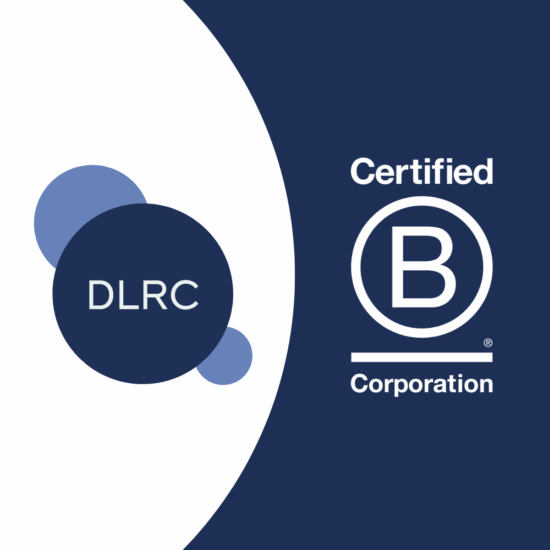Principal Regulatory Consultant, DLRC
Whitepaper
Navigating ICH Q3E: Implications for Extractables and Leachables (E&L) Evaluation
Published 03rd December 2025

The ICH Q3E guideline sits within a suite of quality-focused guidance that is used to inform technical and regulatory expectations for medicines. This guideline complements existing ICH impurity guidelines (Q3A–Q3D, M7) and aligns with ICH Q9 on risk management. It aims to ensure patient safety and product quality, especially in light of evolving materials and manufacturing technologies. This is important because until now, no internationally harmonised guidance on E&L assessment and control has existed.
The ICH Q3E draft guideline introduces a framework for the assessment and control of extractables and leachables (E&L) in pharmaceutical products, addressing a range of product types and proposing identification, qualification, and reporting thresholds. This whitepaper outlines the stepwise approach described in the guidance, compares it against the existing framework, and lastly discusses: does the ICH Q3E guidance achieve what it set out to do?













